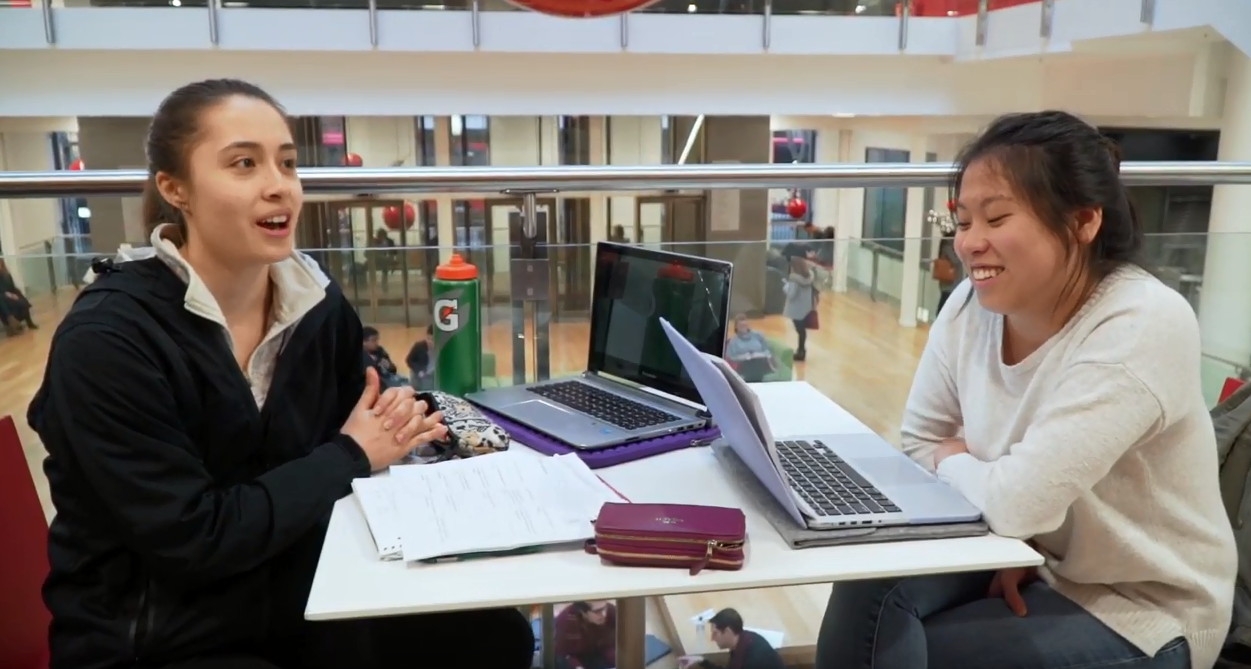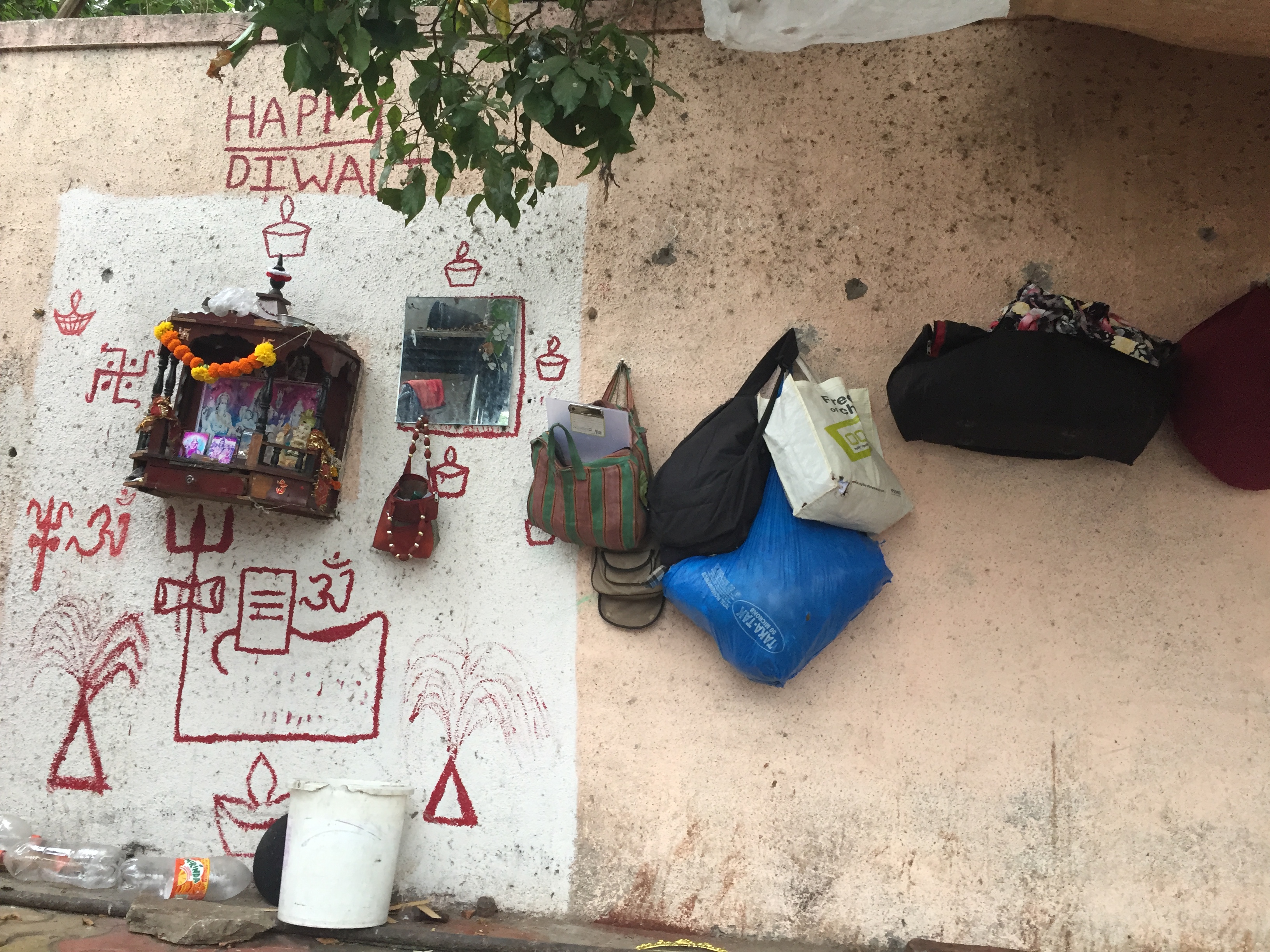Active participation, whether it is a movement for change, being a member of a learning community or sharing the experience of being a part of something, can create and nurture critical spaces for learning to happen. Higher education (HE) has a conflicted history of supporting the development and membership of these spaces (and our community), alternating between the role we play as a social good in a civil society and the perceptions around the gated ivory towers of who can work and study within the four walls. Becoming part of the teaching and learning community at our universities doesn’t automatically happen the moment our students start their journey. Even with well-planned induction and orientation programmes, transition into our communities can be complex and daunting. Our spaces and places (physical, virtual and curricular) can feel intimidating, socially isolating and huge. Students experience the uncertainty of moving from very safe, familiar spaces into new, unknown and precarious spaces. These transitions can also represent significant opportunities for learning, where adaptive and transformative capabilities can develop, affording the ability to exist and succeed within multiple senses of place, not just ours.
Having recently transitioned from 10 years working in UK HE (finishing in 2018 after five years at the London School of Economics) to one of Australia’s leading universities (the University of Sydney), this sense of liminality arising from uncertainty and the transitive influence of memory and experience was critical to how I approached the pedagogical challenges of my new institution. At the University of Sydney Business School (USBS), our first-year undergraduate intake is around 2,000 students and our pre-experience postgraduate programme has 3,000 commencing students, the vast majority being international students from the Asia-Pacific. These students have moved from familiar undergraduate or school environments, homes with friends and family, cultures with language and food and the social complexity that evolves with familiarity and experience. They often land in an unfamiliar building, on a huge campus in a foreign city with limited opportunities to make connections with other students, exacerbated by pressures of timetables, finding a place to live, navigating the network and working out the public transport system (a common theme in many places). Even with the presence of clubs and societies, social events and social media, it is easy to feel lost and alone in the giant, flowing crowd of students, staff, knowledge and research.

Building on the insights that emerged from a digital storytelling project that started at the LSE and then was further developed at the USBS
One of the consequences of teaching and learning at scale is that our classes are either huge or fragmented into dozens of smaller tutorials, limiting opportunities to nurture budding new connections and friendships. The pressures of learning, studying and living mean that the time available for physical co-location within our spaces is often limited, with technology used to ferment and facilitate the fleeting connectivity required to co-ordinate group work or meet up for some collective study time. These intersections have become what Thackara describes as the ‘new geographies of learning’, being ‘…configurations of space, place, and network that respect the social and collaborative nature of learning – while still exploiting the dynamic potential of networked collaboration’ (Thackara, p.147). The physical experience of being in a classroom is only a single element of the experience of learning at the USBS. Through several intersecting projects we are mapping these new geographies and the spaces that are being created by us, the students and their engagement with disciplines and research and bringing them together into an organic education and student experience programme. Our Place is designed to ideate at a curricular level what it means to be a member of the business school community and how we support that community to build connections, evolve and sustain over time.
At the centre of this emergent program is the critical importance of the hearing and sharing the student voice. Building on the insights that emerged from a digital storytelling project started at the LSE (see video 1) and then further developed at the USBS (see video 2), we encouraged students and alumni to engage in and record conversations with hundreds of their learning community about the ways they studied, how they coped with the pressures we put on them through our learning design, their use and application of technologies and expectations and hopes they brought to the experience.
In both the LSE and USBS projects, the students described how they were bound together with initially weak ties centred on the commonly held expectations of a university experience (how they worked on group assignments or how they engaged in learning through lectures, for example). They also told us how they wanted to be part of something that supported social interaction, not isolation. In 2018, we drew on these expectations of networking, identity and sociality to begin the re-design of our curriculum and through that teaching, assessment and the student experience. We are developing teaching and learning approaches at a unit-of-study level that help students find places and spaces to experiment, to test, to succeed and fail, to acquire and apply, to inquire, to challenge and debate, to collaborate, to make and to share. We have taken the eight largest common-core units in our programs (with an average class size of 3,000) and have begun to transform them through embedding three critical principles, all informed by the importance of developing and leveraging community and connections. We call this project Connected Learning at Scale (CLaS).
Principle 1: Information engagement – where students both individually and collectively engage with discipline knowledge as opposed to having it broadcast at them
Principle 2: Connected participation and active learning -where face-to-face time, student learning activities and technology are leveraged to build connections and networks to address, debate and solve critical global and local challenges
Principle 3: Relevant and authentic assessment and feed-forward – where learning is applied and tested through authentic assessment modes supported by opportunities to receive and share feedback
This redesign is at a critically early stage, with only nascent pilots out in the wild. What we have learnt is that assuming that all students are homogenous and equally seek a homogenous experience, whilst sympathetic to the affordances and limitations of large-scale education, has not embedded lasting connections and relationships between our learners and their institution. Nor has it enhanced the capability of students to make and use fleeting connections and/or leverage weak network ties for learning, either inside or outside their university community. Applying these capabilities to a unique contextual frame such as solving critical global and local challenges provides students a sense of authenticity, which can be both experienced and shared with others in their network. They can leverage the problem-solving capacities of the crowd and find ways to support their own hopes and possibilities for the future, all whilst being a part of Our Place.
Image: Stills from the LSE and USBS digital storytelling films.
Disclaimer: This post is opinion-based and does not reflect the views of the London School of Economics and Political Science or any of its constituent departments and divisions.






This is great
Enjoyed reading this. Three simple ideas make three powerful principles. The points of the triangle easily extend: learners engaging with content (doing and making) and then to creating and teaching content themselves;
learners interacting with each other incl peers, teachers, to then interacting with industry, even future colleagues and bosses, governments, policy;
and learning through reflection (on one’s progress, given feedback) and working with real-world problems in assessments to then become a life-long learner and mentor to others
Thanks Peter!